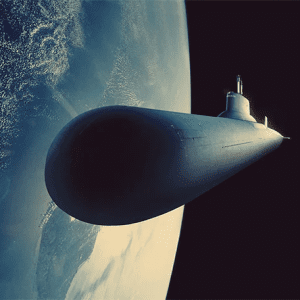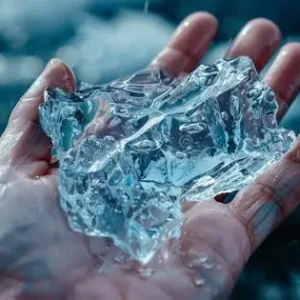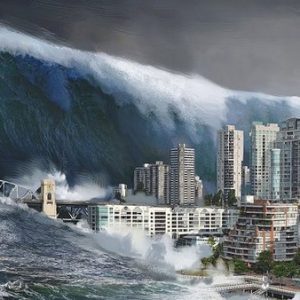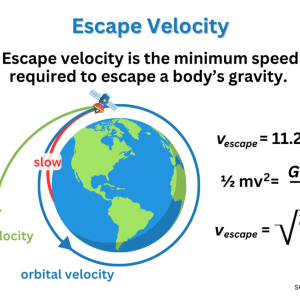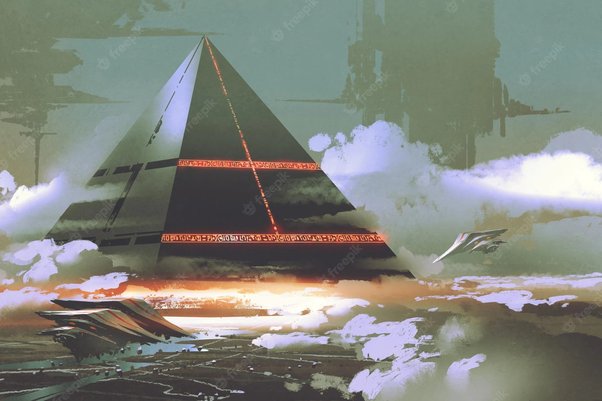
In 100 trillion years, galaxies will contain fascinating astronomical objects that we cannot encounter now, and overall, the Universe will be a different and relatively unfamiliar place.
We are currently in the Stelliferous Era. It will last until the gas in galaxies gets depleted for star formation in 100 to 1000 trillion years, and the Universe will enter the Degenerate Era.
As billions of years pass, stars fuse elements and die either via a ghastly shriek of stellar death, the supernova, or they peacefully expire, spreading these heavy nuclei around. So far in the future, galaxies will be saturated with the whole spectrum of atoms that are only a tiny fraction of the mass of galaxies in the current era, making it possible for frozen stars to exist.
In our epoch, the least massive stars that can fuse the most widespread isotope of hydrogen need to be at least 80 times as massive as Jupiter, but in that distant future, the least massive stars to fuse protons can be 40 times as massive as Jupiter. They will be cold and have ice clouds in their atmospheres.
Other odd astronomical objects at that time will be black dwarf stars. White dwarfs are remnants of stars like our Sun that are not massive enough to explode as supernovas.
They only shine with stored thermal energy from when their progenitor star still carried out nuclear fusion. So far in the future, these white dwarfs will lose this energy and become dark and cold.
They might be similar to planets, but they will have more powerful gravity. Also, blue dwarfs will exist by then. They are the next stage of life of 72% of stars, called red dwarfs, which live for up to 10 trillion years.
They will be their warmer, lasting up to 6 trillion years versions that would defrost frozen worlds on their further orbits if any exist by then. Orbits of planets degenerate, and they fall to their stars over very long periods. Red dwarfs probably kill possible life in near orbits where liquid water could persist due to flaring.
All galaxies will be on their own in such a distant future because of the accelerating expansion of the Universe. This includes our Milkimeda Galaxy, which will come to be via the collision between the Milky Way and Andromeda Galaxy in 4.5 billion years.
After the merger, it would be better if it became a lenticular spiral galaxy because it would be more habitable to life, but the chance of this is low. It will likely become a vast elliptical galaxy of more than 1.5 trillion suns. Orbits of stars in it will be chaotic, and many will pass through denser regions while circling the center of this massive galaxy.
They will be in danger of nearby violent supernova blasts and the destruction of life on their planets. Eventually, though, there will be enough heavier than hydrogen and helium elements even in the halo of this elliptical galaxy where the density of stars is low, and it is expected to also teem with life.
It’s a titanic challenge to imagine time one hundred trillion years from now. By then, galaxies might have hosted many intelligent species whose civilizations arose and fell. There might be some off-limits systems where grey goo artificial intelligence robots went haywire. Hopefully, they will not overtake the whole galaxies. Maybe there could even be some space-dwelling forms of life by then.
They could be genetically engineered by one of the extinct, ancient technological civilizations, as it is difficult to imagine how they could come to be naturally. It would seem that abandoned planets of technological species could be found, but the traces of their technology will be gone from the surface of worlds due to erosion within just hundreds of thousands of years.
Their space stations or bases on dead, small celestial bodies without air, like the Moon, can last longer because of less erosion.
The civilizations that will try to make sense of the history of their awe-inspiring Universe will probably need to have meta-historians who will research the past of multiple, bygone, archaic species all at once over hundreds of billions and trillions of years. It will be a phenomenal time to be around.

